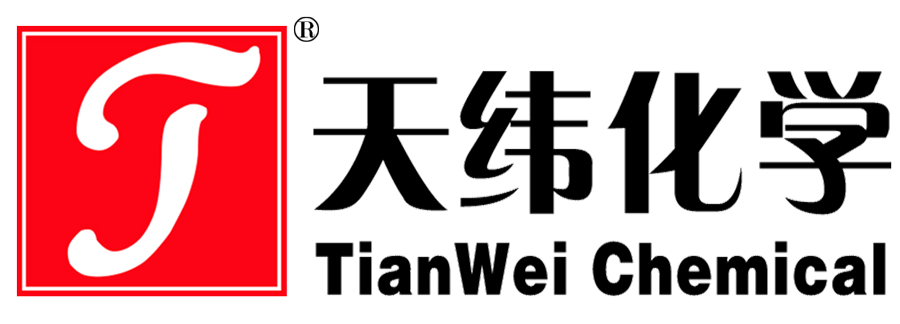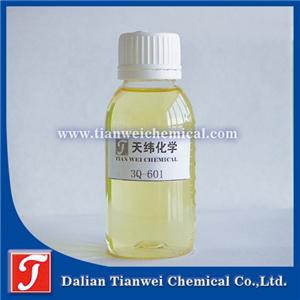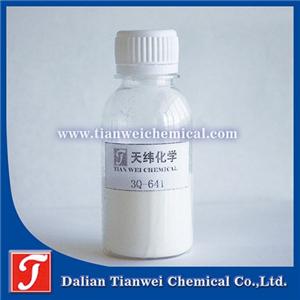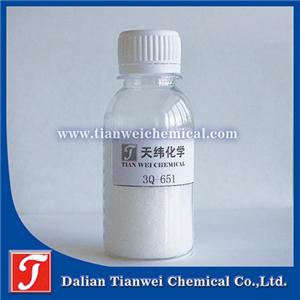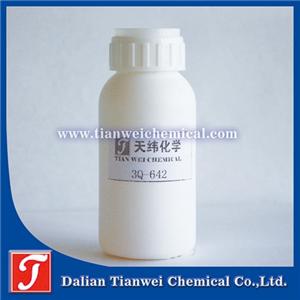The function of antibacterial agents for acrylic automotive coatings
Adding antibacterial agents to acrylic automotive coatings mainly serves to inhibit the growth of microorganisms, protect the coating and substrate, meet hygiene and safety requirements, and maintain product performance and appearance. The specific analysis is as follows:
Inhibit the growth and contamination of microorganisms
Storage process: During the storage of acrylic automotive coatings, if the ambient temperature and humidity are high, it is easy for bacteria, mold and other microorganisms to breed. The growth and reproduction of these microorganisms can lead to changes in the performance of the coating, such as reduced viscosity and altered pH value, affecting its normal use. Adding antibacterial agents can inhibit the growth of microorganisms, extend the storage period of coatings, and maintain performance stability.
Application process: When acrylic automotive coatings are applied to the surface coating of automobiles, they may come into contact with moisture and microorganisms in the air during the drying process after construction and subsequent use. If it lacks antibacterial properties, the surface of the coating is prone to breed bacteria, algae, etc., which not only affects the appearance but may also have an impact on the material's performance and service life. For instance, for cars used in damp or rainy areas, antibacterial performance is particularly important.
Protect the coating and the substrate
Preventing coating damage: The metabolic products of microorganisms may cause corrosion, contamination and other hazards to the coating. Adding antibacterial agents can effectively prevent this from happening and ensure the safety and integrity of the coating.
Protecting the substrate: In some special application scenarios, such as automotive interior parts, acrylic coatings need to have excellent antibacterial properties to protect the substrate from microbial erosion.
Meet hygiene and safety requirements
Reduce health threats: For automotive interior coatings that come into direct contact with the human body, such as seats and steering wheels, it is essential to ensure the hygiene and safety of the products. Adding antibacterial agents can prevent the growth of harmful microorganisms, reduce potential threats to human health, and comply with relevant hygiene standards and regulations.
Enhancing product competitiveness: As consumers' attention to the hygiene and safety of automotive interiors continues to increase, acrylic automotive coatings with added antibacterial agents have become more competitive in the market.
Maintain product performance and appearance
Prevent odor, discoloration and mold: The growth of microorganisms may cause problems such as odor, discoloration and mold in acrylic automotive coatings, affecting the appearance and usage effect of the products. The use of antibacterial agents can prevent these problems from occurring and maintain the good performance and appearance of the product.
Extending service life: By inhibiting the growth of microorganisms, antibacterial agents can extend the service life of acrylic automotive coatings and reduce maintenance costs.
Types and selection of antibacterial agents
Isothiazolinones: Widely used, they have good inhibitory effects on bacteria, yeasts, molds, etc., and possess highly efficient and broad-spectrum antibacterial properties. However, some people may have allergic reactions to it, and it should be used with caution in some application scenarios with high safety requirements.
Quaternary ammonium salts: They possess excellent surface activity and antibacterial properties. The positively charged nitrogen atoms in their molecular structure can interact with the negative charges on the bacterial cell membrane, damaging the cell membrane structure and leading to bacterial death. This type of antibacterial agent has a long-lasting antibacterial effect and good compatibility with acrylic emulsion, but its antibacterial performance may be affected under strong acidic or strong alkaline conditions.
Nano-silver antibacterial agent: By taking advantage of the small size effect and extremely large specific surface area of nano-silver, it possesses antibacterial performance that traditional organic antibacterial agents cannot match. Silver ions can combine with biological macromolecules such as proteins and nucleic acids within bacterial cells, interfere with the metabolic functions of bacteria, and achieve the purpose of sterilization. This type of antibacterial agent has a long-lasting antibacterial effect, is safe and environmentally friendly, but its cost is relatively high.
Polyhamethylene guanidine: High-molecular polymer bactericidal and disinfectant, broad-spectrum bactericidal, low effective concentration, fast action speed, and stable properties. Adding polyhexamethylene guanidine antibacterial agents to acrylic emulsion can endow the emulsion and its film-forming substances with excellent antibacterial properties, and has a relatively small impact on other properties of the emulsion.
